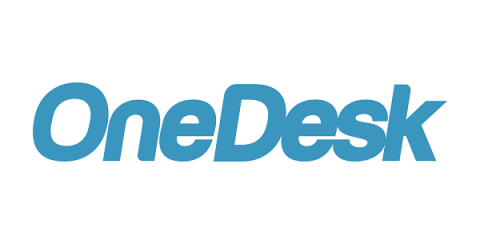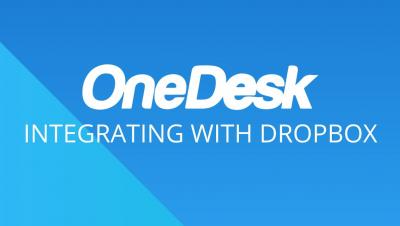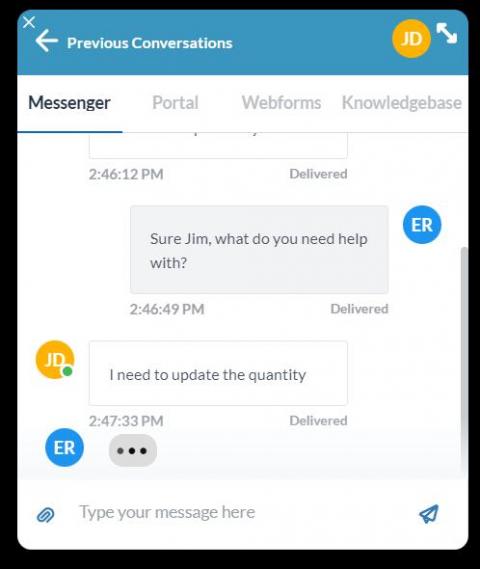Teams | Collaboration | Customer Service | Project Management
OneDesk
OneDesk - Getting Started: Tasks Overview
OneDesk - Getting Started: Service Level Agreements
OneDesk - Getting Started: Financials
Managing Work and Customer Support with Remote Work Software
More and more teams are choosing to opt for working remotely. While remote work has many benefits, there are also challenges. One of the biggest challenges is facilitating team collaboration. While video calls and meetings can help, it is important for your team to know dynamically what others are working on or how they are progressing on tasks. Similarly, no matter where you are, monitoring and managing customer requests and responding efficiently is crucial.
OneDesk - Integrating with Dropbox
Adding Help Desk to your Project Management Workflow
There are a number of project management solutions on the market today designed to help a company streamline their services. Tools like interactive Gantt charts, task assignment and team collaboration improve the planning and implementation process. However, no matter what kind of business you are a part of, you deal with clients or customers. For the most part, project management tools help you manage projects internally but lack the ability to engage or communicate with clients.
OneDesk - Integrating with FreshBooks
OneDesk - Webinar - Getting Started
The Tickets and Tasks Portals for Customers
Along with the Knowledgebase and Messenger, the Tickets and Tasks portals are available as new mobile-friendly web applications. The standard Customer Portal is also still available. These new Ticket/Task Portals allow customers to view, update, discuss, and log timesheets on submitted tickets/tasks. On desktop/laptops the Tickets/Tasks Portal are also available on the widget or can be accessed via a link like other customer applications.











